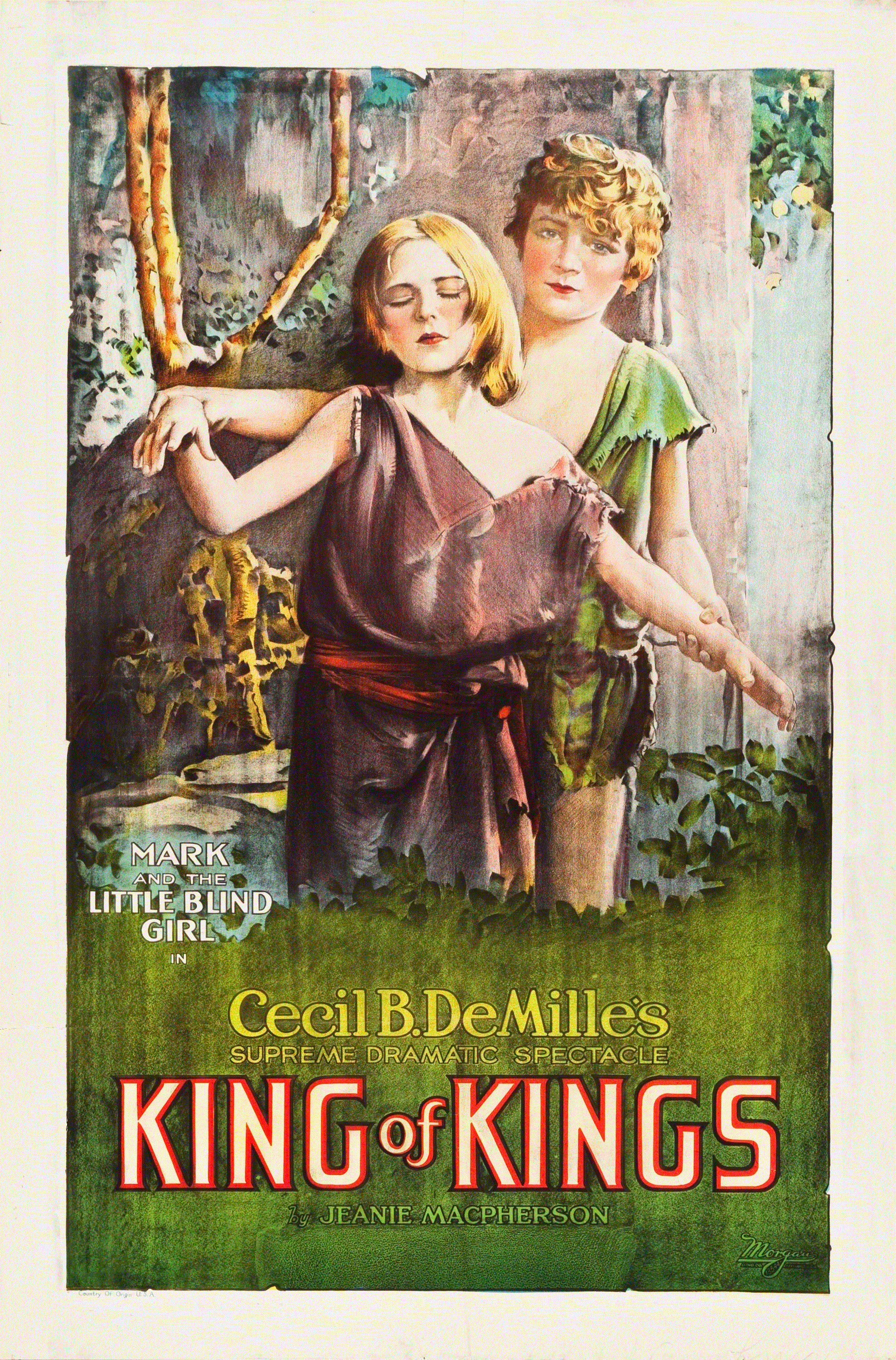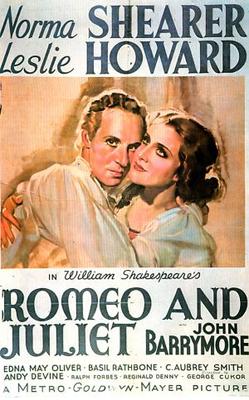 |
| Basil Rathbone and Greta Garbo in Anna Karenina |
Anna Karenina: Greta Garbo
Count Vronsky: Fredric March
Sergei: Freddie Bartholomew
Kitty: Maureen O'Sullivan
Countess Vronsky: May Robson
Alexei Karenin: Basil Rathbone
Stiva: Reginald Owen
Konstantin Levin: Gyles Isham
Director: Clarence Brown
Screenplay: Clemence Dane, Salka Viertel, S.N. Behrman
Based on a novel by Leo Tolstoy
Cinematography: William H. Daniels
Costume design: Adrian
One of the problems with adapting Tolstoy's novel to another medium is that while everyone knows the story of the title character, who throws herself under a train at the end, at least half of the book is not about her. It's about Konstantin Dmitrievich Levin, the burly intellectual who is preoccupied with the problems of a changing Russia. Though Levin's is also a love story -- he falls for Anna's sister-in-law, Kitty, who initially spurns him because she's in love with Count Vronsky, the man for whom Anna leaves her husband -- he's Tolstoy's surrogate in the novel, just as Pierre Bezukhov is in
War and Peace. Downplaying Levin's role in any adaptation of
Anna Karenina is as gross a distortion of the novel as omitting Pierre from an adaptation of
War and Peace. But it has been done, and often, given that the melodrama of a doomed love is far easier to sell to an audience than the problems of a reformist landowner. In this MGM version of
Anna Karenina, Levin virtually disappears: He's played by a tall, bland English actor named Gyles Isham, whose film career was brief and undistinguished. Kitty is at least played by a star, Maureen O'Sullivan, although her presence in the film is largely designed to introduce the character of Vronsky and to suffer disappointment when he throws her over for Anna. This was Greta Garbo's second turn at playing Anna: She had filmed a silent version, titled
Love (Edmund Goulding, 1927), with John Gilbert as Vronsky. (The earlier version omitted not only Levin but also Kitty, and was filmed with two endings: In the one aimed at the American market, Anna doesn't commit suicide but is reunited with Vronsky after Karenin's death.) Garbo is the best reason for seeing the 1935 version, although MGM, with David O. Selznick producing, gave it a lavish setting, with cinematography by Garbo's favorite photographer, William H. Daniels. It opens with a spectacularly filmed sequence in which Vronsky and his fellow officers attend a banquet, with the camera performing a long tracking shot down a seemingly endless table laden with food. Unfortunately, Fredric March is miscast as Vronsky, turning the dashing young officer into a rather somber middle-aged man; he and Garbo are sorely lacking in chemistry together. The screenplay by Clemence Dane, Salka Viertel, and S.N. Behrman does what it can to pull together the pieces carved out of Tolstoy, but the ending, even Anna's suicide, feels flat and perfunctory. In the novel, Anna's disintegration, aided by isolation from society, by illnesses both mental and physical, and by her addiction to opiates, is dealt with at some harrowing length, but trimming much of that background means that she appears to be driven to her ghastly end solely by losing her young son, Sergei, and by the cruelty of Karenin. Tolstoy, of course, gives us deep background on Karenin that, while it doesn't absolve him completely makes him far more credible than a mere Rathbone villain.




































